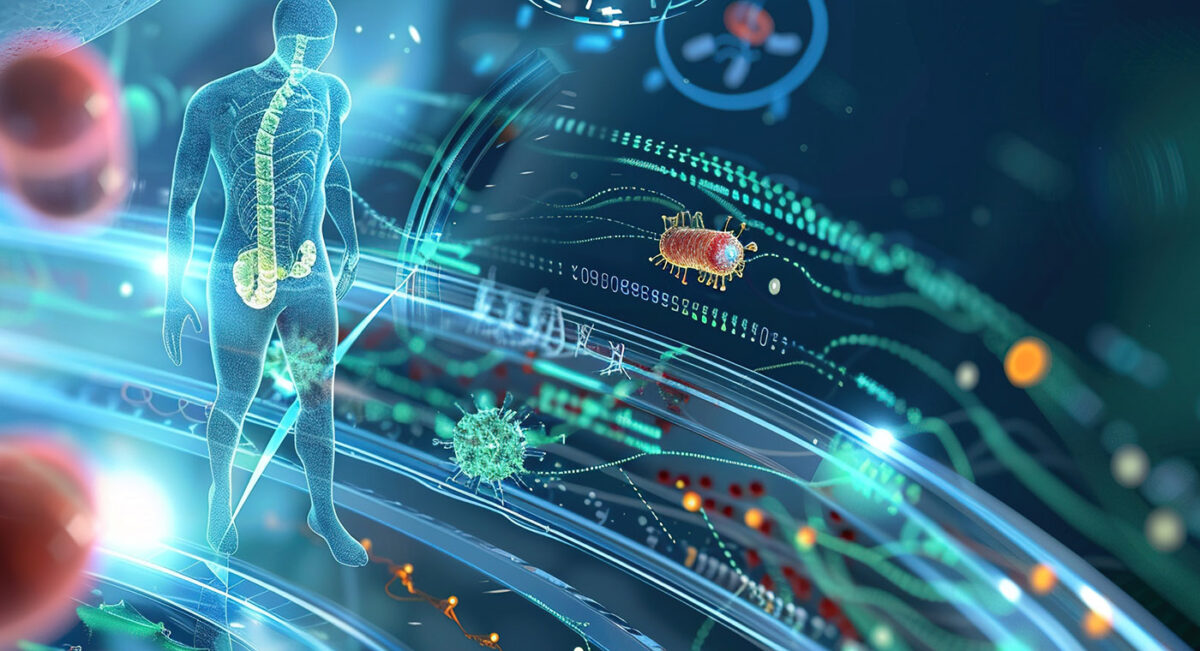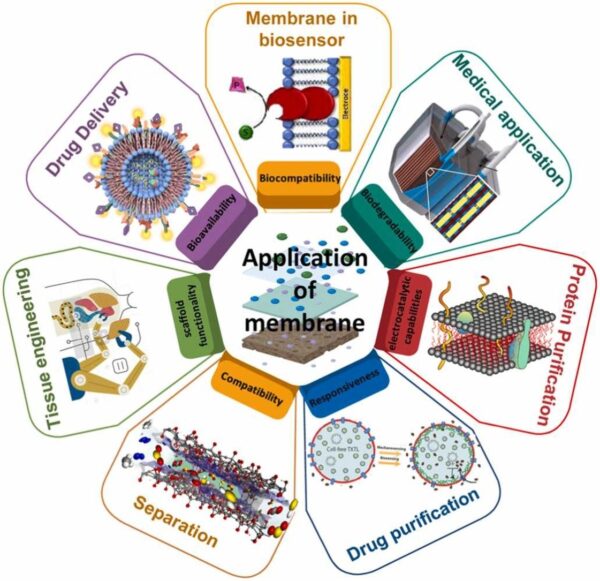Polymeric Biosensors: A New Era in Medical Diagnostics

Polymeric membranes are not only enhancing the capabilities of biosensors but are also revolutionizing point-of-care diagnostics, offering rapid, accurate, and efficient disease detection.
Polymeric membranes serve as a critical component in the structure of biosensors by enabling the precise immobilization of biomolecules on their surfaces. This functionality allows for the sensitive and specific detection of a range of analytes. This includes pathogens and biomarkers for diseases such as cancer and diabetes. Moreover, the membranes’ capacity to immobilize these molecules effectively ensures that biosensors operate with high sensitivity and specificity.
You can also read: Melt Electrowriting for Biomedical Applications
Moreover, polymeric membranes facilitate the miniaturization of diagnostic devices. By integrating these membranes into microfluidic devices, also known as lab-on-a-chip technologies, developers can significantly reduce the size and complexity of diagnostic equipment. This miniaturization enables the rapid testing of samples, which is crucial for timely medical decisions, particularly in acute and emergency care settings.
Impact on Drug Delivery and Chronic Disease Management
Beyond diagnostics, polymeric membranes are instrumental in controlled drug delivery systems. These systems leverage membrane properties to release drugs at predetermined rates, crucial for managing chronic conditions like pain or hormonal imbalances. By ensuring controlled release, these membranes maintain optimal drug levels, thus boosting treatment efficacy and improving patient compliance.

Polymeric membranes; Biosensor; Protein and drug purification; Drug delivery;
Tissue engineering and separation; Medical applications. Courtesy of Exploring the potential of polymeric membranes in cutting-edge chemical and biomedical applications: A review.
Advances in Biosensor Technology
Recent developments in polymeric membrane technology have focused on enhancing the electrochemical properties of biosensors. Researchers are employing advanced materials such as conductive polymers and nanocomposites to improve the electrocatalytic activity of biosensor interfaces. These innovations lead to faster and more reliable readings, which are crucial for monitoring critical patient metrics in real-time.
Polymeric membranes are also being engineered to respond to environmental stimuli, such as changes in pH or temperature. These responsive membranes can adjust their behavior in real-time, providing dynamic feedback that is useful for both diagnostic and therapeutic applications.
Forward Outlook
Looking ahead, the integration of polymeric membranes in biosensor technology will continue to transform medical diagnostics. Researchers are actively working to enhance the biocompatibility and durability of these membranes, aiming to reduce the risk of adverse reactions and extend the functional lifespan of biosensor devices.
However, significant challenges such as membrane fouling, which can diminish sensor sensitivity and longevity, still persist. Innovators are concentrating on overcoming these hurdles by designing new membrane structures and advancing material science. Promising approaches include developing antifouling coatings and employing novel polymer blends.
